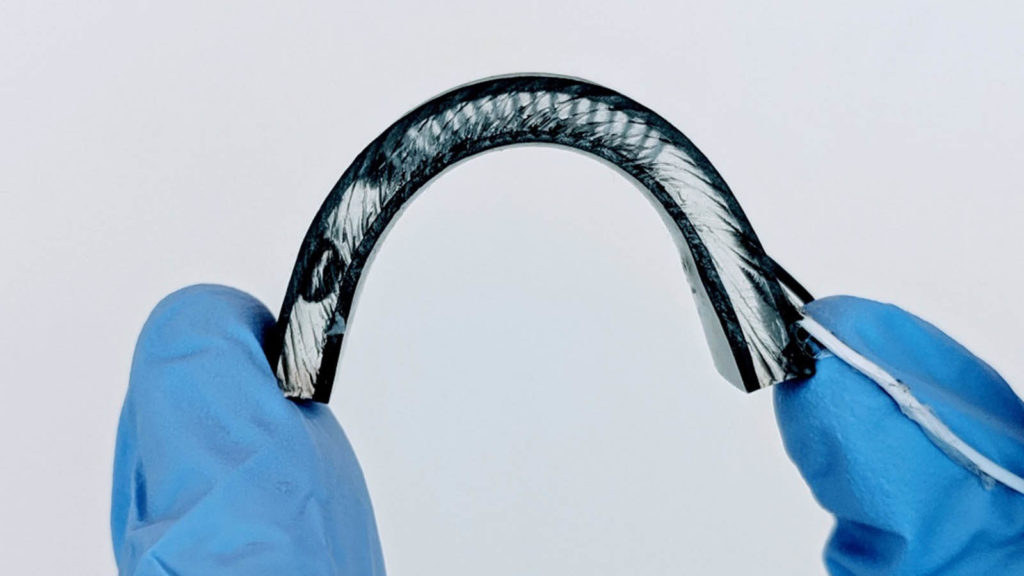
North Carolina State University (NCSU) engineers have demonstrated a flexible device that harvests heat energy from the human body to monitor health, according to an article provided by NCSU. The flexible thermoelectric generators (TEGs) use the body’s heat energy to power wearable devices to measure glucose, heart rate and blood oxygen. The technology has the potential to create monitoring devices that never need to have their batteries recharged.
Flexibility of the devices is desired to ensure adequate skin contact as well as comfort and ergonomic characteristics. Currently, however, rigid harvesters are thought to outperform flexible devices in harvesting energy.
The team reported in a paper published in Applied Energy the enhancements made to their first harvester, created in 2017.”The flexible device reported in this paper is significantly better than other flexible devices reported to date and is approaching the efficiency of rigid devices, which is very encouraging,” said Mehmet Ozturk, an NCSU professor of electrical and computer engineering and corresponding author of the paper.
The proof-of-concept TEG reported in 2017 used semiconductor elements connected electrically in series via liquid-metal interconnects made of EGaIn, a nontoxic alloy of indium and gallium. EGaIn provided metal-like electrical conductivity and stretchability. Then the device was embedded in a stretchable silicone elastomer, the article says.
“The key here is using a high-thermal-conductivity silicone elastomer doped with graphene flakes and EGaIn,” Ozturk said. “Using this elastomer allowed us to boost the thermal conductivity—the rate of heat transfer—by six times, allowing improved lateral heat spreading,” he said.
Ozturk noted that the new technology may mean manufacturers can stop developing new flexible thermoelectric materials because his team’s device incorporates the same semiconductor elements found in rigid devices. The researchers expect to continue to improve efficiencies of the flexible devices.
“Flexible Thermoelectric Generators for Body Heat Harvesting – Enhanced Device Performance Using High Thermal Conductivity Elastomer Encapsulation on Liquid Metal Interconnects” by Yasaman Sargolzaeiaval, Viswanath P. Ramesh, Taylor V. Neumann, Veena Misra, Daryoosh Vashaee, Michael D. Dickey and Mehmet C. Ozturk, North Carolina State University, was published Jan. 30, 2020, online in Applied Energy.
 TEXTILES.ORG
TEXTILES.ORG


